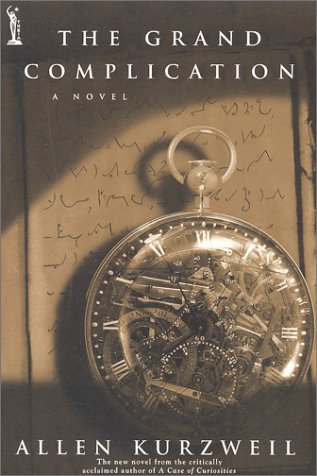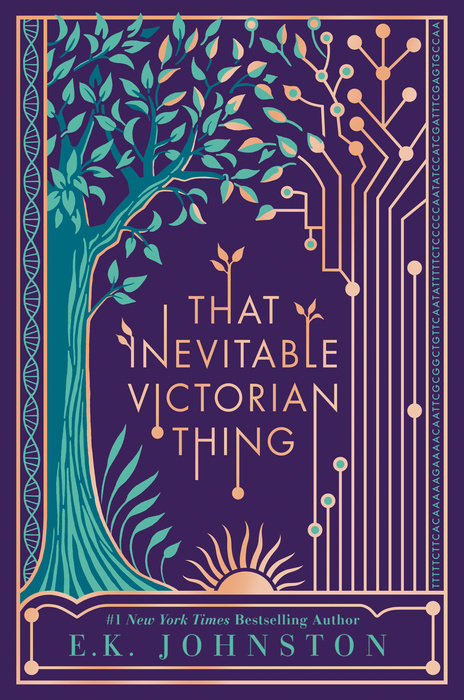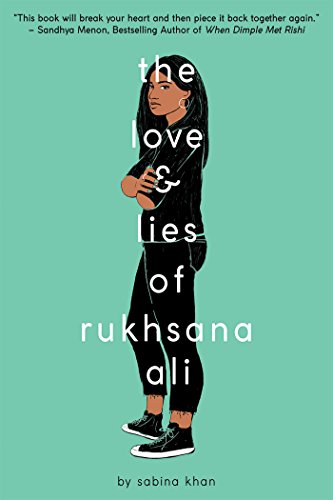[button color=”black” size=”big” link=”http://affiliates.abebooks.com/c/99844/77798/2029?u=http%3A%2F%2Fwww.abebooks.com%2Fservlet%2FSearchResults%3Fisbn%3D9781416918097″ target=”blank” ]Purchase here[/button]
Confession time: In my review of J. M. Barrie’s book Peter Pan and Wendy, I got a few chronological details wrong. First of all, the character of “Peter Pan, or the Boy Who Wouldn’t Grow Up” appeared first in a 1902 novel for adults (in a passage later excerpted and published as a standalone book called Peter Pan in Kensington Gardens), then in a 1904 play under the title set off in quotes above, and finally in the book I reviewed, published in 1911 and also titled (in its various editions) Peter and Wendy and, simply, Peter Pan. What happened in 1906 (the year referenced in my previous review) was that Mr. Barrie donated the rights to Peter Pan to the Great Ormond Street Hospital for Children in London. And so it was in 2005, in the run-up to the 100th anniversary of that gift, that GOSH announced a search for the author to write the first-ever “authorized sequel” to Peter Pan.
It’s not as if there hadn’t already been oodles of adaptations, spinoffs, and sequels, including a famous stage musical (which has been filmed for television several times), a bunch of animated films, a Spielberg movie, and a whole series of prequel novels by American writers Dave Barry and Ridley Pearson (starting with 2004’s Peter and the Starcatchers). But even while debate continues as to whether the copyright on Peter Pan has expired, there’s something to be said for being chosen, authorized, and published by the trustees of the charity to which Barrie dedicated the book.
On the strength of her story outline and a sample chapter, Geraldine McCaughrean won that honor. And though the Barry-Pearson franchise is more vibrantly packaged and a roaring success, it seemed right that I should read this sequel first. Now that I have done it, I have doubts about the brainparts—not, mind you, of the Great Ormond Street trustees who entrusted their centennial sequel to McCaughrean, nor of the author herself—rather, doubts about the mental wellness of the reviewers who (according to my research, notably on Wiki) gave her book a “mixed but generally positive” critical reception. That’s just absurd. What McCaughrean wrote is at least the equal of the original Peter Pan. In all likelihood, any critic who doesn’t think so has let his memory of Barrie’s actual work become colored by the spectacles of stage, screen, and high-gloss publishing that have accumulated on it like layers of tinted transparency, where each successive incarnation of Peter Pan must outdo all before it in blockbuster appeal—whereas this book is simply a lovely, charming, delightful children’s book, clothed in whimsical drawings by Scott M. Fischer and a beautiful cover painting by Tony DiTerlizzi, exactly in the spirit of the 1911 book on which it builds.
Such a feat must have come natural to Geraldine McCaughrean (pronounced like “McCorkran”), author of dozens of books in which Bible stories, legends, myths, and historical events are retold and/or fictionalized for younger readers. The winner of a Carnegie Medal, three Whitbread Children’s Book Awards, a Michael L. Printz Award, and numerous other honors, McCaughrean will probably be best remembered by future generations for her singular contribution to the Peter Pan mythos. For it is an original tale that reunites nearly all of the original characters in a way that combines lighthearted whimsy with touching pathos in the same elusive, magical proportions that made the first Peter Pan unforgettable.
The opening of the book finds the Lost Boys and Wendy all grown up, sometime after World War I, raising their own kids and moving on with their lives after having been adopted and educated by the kindly Darling family. But into their adulthood intrudes a series of thrilling dreams, from which they wake with objects from Neverland in their beds: cutlasses, alarm clocks, and the like. Getting together, they discuss what this may mean. It seems that something terrible has happened back in Neverland: Time has begun to pass where it ought to stand still. So, by means too wonderful for me to spoil here, they return to childhood and fly back to see what’s up with Peter, the forest, the lagoon, and whatnot. While they find Peter very much the same as ever, everything else in Neverland has changed. Summer has moved on to autumn. Bones of mermaids and a crocodile litter the seashore. And a mysterious “ravelling man” has, with his menagerie of fierce beasts, somehow taken up residence in Peter’s magical neighborhood.
Even worse disasters lie ahead, testing the survival of Neverland, the friendship of the boys, and the eternal youth of Peter. It is a swashbuckling adventure that combines lovable nonsense with scary suspense, in which touches of silly humor to make children giggle alternate with splashes of poetic brilliance to make grownups gasp with wonder. And finally the story wraps up in a way that leaves the ground both changed and open to another sequel. If GOSH doesn’t mean to wait another hundred years for the next “authorized sequel,” they couldn’t do better than to give that assignment to McCaughrean too.




